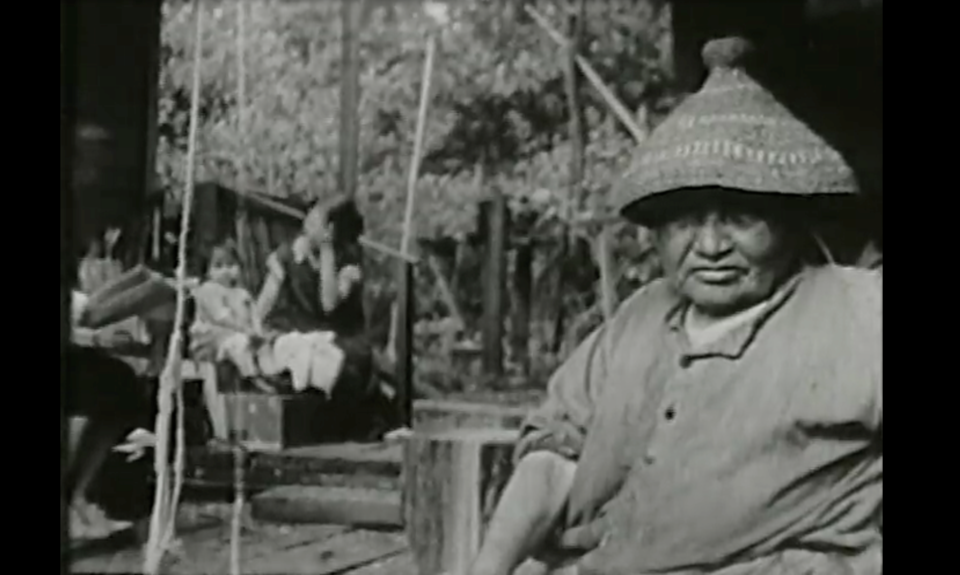For 20 years, Squamish Nation’s hereditary Chief Janice George has been patiently waiting for the return of ancestors’ belongings from the Canadian Museum of History in Gatineau, Que.
This spring, she will no longer need to wait. A total of 16 artworks, or as George said, “our belongings,” will be on display at the Squamish Lil’wat Cultural Centre and welcomed home through a ceremony led by the Squamish Nation. This important work is woven into George’s own journey: she discovered the items while interning with the CMH in 2005 and '06.
“A lot of people made it happen, and it’s a thrill to know it’s finally happening. I did an internship with the CMH, and I noticed what was there from the Squamish Nation,” she said.
George went to work digging into CMH’s catalogue and, over nine months, compiled a binder full of the Nation's belongings. She was the co-curator and co-designer of Squamish Lil’wat Cultural Centre and educated in museum studies.
“I wanted to be grounded in museum knowledge for my work at the SLCC, but it’s also helped with our weaving. We have connections with museums to unveil apprentices work [there]. All of it together has helped,” she said.
Stéphanie Verner, senior media relations and communications officer for CMH, explained in an email that the items are on long-term loan to the Nation because the items didn’t meet the museum’s current repatriation policy.
“While the cultural material did not meet the criteria of the Museum's 2001 Repatriation Policy, the importance of having the belongings closer to Squamish Nation was understood by all involved. A long-term loan was considered the most expedient way to do so. The Museum's Repatriation Policy is currently being revised, and the current loan arrangements do not preclude future repatriation,” she said.
George and her husband, Willard "Buddy" Joseph co-founded L’hen Awtxw Weaving House to teach Salish wool weaving after learning it themselves. Their journey to learn how to weave in the Salish tradition was spurred from a desire to represent their culture on a global stage and reclaim skills taken from Indigenous people through colonization.
“My husband and I worked really hard at bringing weaving back to our people," she said. "We learned about being hosts for the [2010] Olympic Games and it was important we wear our traditional garments. It was a spiritual experience for the community to go back to what our ancestors did, bringing pride in technical aspects and embracing the spiritual and energetic component of making garments for our people.”
One of the items housed at the CMH is a silent film featuring Squamish master weaver Skwetsiya (Harriet Johnnie). The film was made in 1928 by archeologist Harlan Ingersoll Smith. Skwetsiya is Willard Joseph’s grandmother, and George said a baby seen in the film is his mother.
“My great, great grandfather was also in the film, seeing the things [Smith] purchased that belonged to our ancestors, I don’t know if these items would have been on display for the public. Rather than being there, it would mean so much to our people to have the video and the items,” she said.
Verner said Smith purchased items in 1928 for the National Museum (the predecessor of the CMH) from the Johnnie family. Some were displayed in galleries, including Coast Salish baskets. Three baskets, two spears, a hat and an elderberry beater belonged to George Johnnie, and food samples, cooking tools and a weaving piece belonged to his wife, Harriet.
“Bringing these items back brings knowledge. [Our ancestors] were just so brilliant. They are engineers and architects, scientists, doctors. It’s so prideful to bring back these things so our children can learn about it," George said. "I think about my husband and I who do public art; our grandchildren and great grandchildren will see the work that we’ve done,”
It’s a full circle moment, with inter-generational knowledge preserved for generations to come.
The items will be studied by Squamish Nation members to learn how they were made and available for public viewing at the SLCC.
The SLCC will house the items because community members will have access, according to George.
“Anything we can reach back and pull forward from our ancestors is important to our people," she said. "It was not allowed because of residential school era, or our people went underground. To have something that was created, and our ancestors had the freedom to create and use materials and to understand the spirituality attached is so important for the foundation of our culture.”






